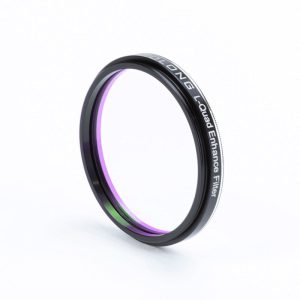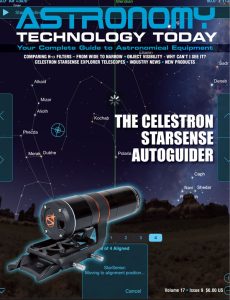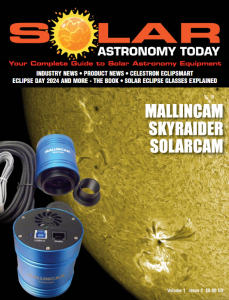The Optolong L-Quad Enhance Filter cuts out light pollution from mercury and sodium lamps and produces a nice broadband image with minimal color cast as it performs well for good for star clusters, dark and reflection nebulae, and galaxies from light-polluted skies.
 In addition to suppressing the transmission of light pollution wavelengths such as light pollution generated by artificial lighting, the Optolong L-Quad Enhance Filter suppresses the effects of natural skylight-induced effects on astroimaging, thus effectively enhancing the contrast and details of the celestial bodies and making the objects more distinct and stereoscopic.
In addition to suppressing the transmission of light pollution wavelengths such as light pollution generated by artificial lighting, the Optolong L-Quad Enhance Filter suppresses the effects of natural skylight-induced effects on astroimaging, thus effectively enhancing the contrast and details of the celestial bodies and making the objects more distinct and stereoscopic.
The filter can be used for wide field astrophotography, such as the Milky Way, and deep sky objects such as nebulae, galaxies, star clusters. The quad bandpass design maximizes the color balance of nebulae, galaxies and other broadband spectral targets.
The Optolong L-Quad Enhance Filter has more than 90% transmittance of the nebula emission lines at H-Beta/OIII/H-Alpha/SII, with cut-off depth from OD2 to OD4, thus providing a significant increase in resistance to light pollution. Also, with a near IR cut-off to 1000nm, IR noise is greatly diminished. The filter works best for night skies in the Bortel 1 to Bortel 7 range.
Optolong uses specialized coatings to protect the quad-band filter from scuffs, scratches and to improve its sturdiness. Utilizing Ion-assisted deposition coating technology, the filter provides stability on the wavelengths captured when exposed to changes in temperatures, such as can be experienced throughout a night of imaging. The Optolong L-Quad Enhance Filter also contains multiple layers of anti-reflective coating, ensuring the images captured remain pristine.
The Optolong L-Quad Enhance Filter specifications include:
– Substrate: Optical glass
– Thickness: 1.85mm
– FWHM: Quad bandpass filter
– Blocking range: 300-1000nm
– Blocking Depth: OD2-OD4
– Surface quality: 60/40
– Transmitted Wavefront RMS: λ/4
– Parallelism: 30s
You can learn more about the Optolong L-Quad Enhance Filter here.

 And to make it easier for you to get the most extensive news, articles and reviews that are only available in the magazine pages of Astronomy Technology Today, we are offering a 1-year magazine subscription for only $6! Or, for an even better deal, we are offering 2 years for only $9. Click here to get these deals which only will be available for a very limited time. You can also check out a free sample issue here.
And to make it easier for you to get the most extensive news, articles and reviews that are only available in the magazine pages of Astronomy Technology Today, we are offering a 1-year magazine subscription for only $6! Or, for an even better deal, we are offering 2 years for only $9. Click here to get these deals which only will be available for a very limited time. You can also check out a free sample issue here.
The Sun is more active than it’s been in years and if that’s not enough, we have the upcoming Total Solar Eclipse on April 8, 2024! If you’d like to learn more about the technology behind solar observing, solar imaging and more, you can check out our new monthly magazine – Solar Astronomy Today. It’s free to read, no subscription needed and available here. And if you are preparing for the upcoming eclipses and want to know your equipment options from solar glasses to the most out of this world solar viewing and imaging options, check out our free publication – The Definitive Guide to Viewing and Imaging the Sun – simply click here and enjoy reading!

